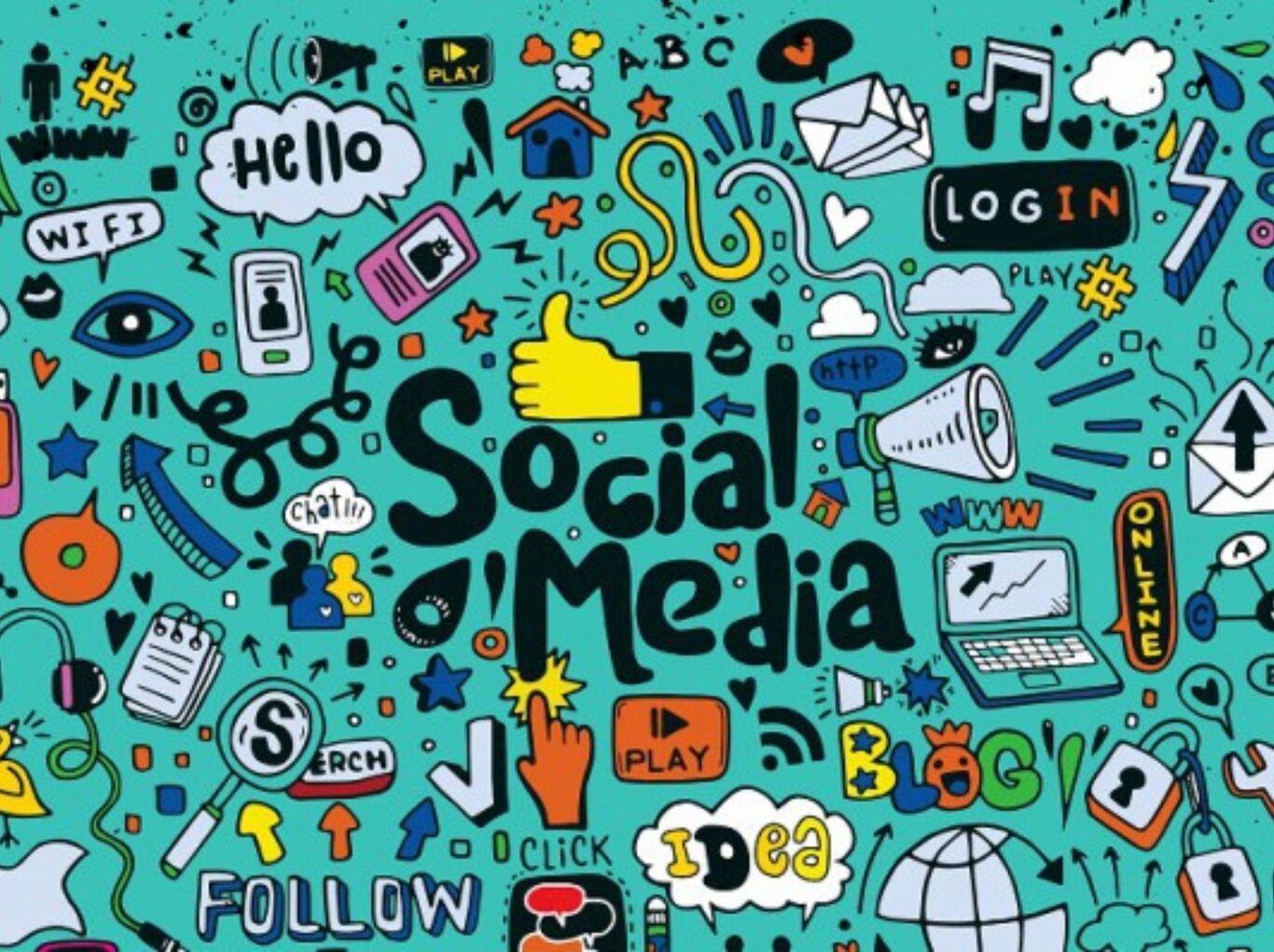How to Create Your First Buyer Persona

Launching a product without knowing who will buy it is risky. It leads to wasted resources and missed opportunities. A well-defined buyer persona helps you avoid these pitfalls.
What is a buyer persona, you may ask? Buyer persona clearly shows who your customers are, what they need, and how you can communicate with them.
An audience persona is a semi-fictional representation of your ideal customer. It is based on market research and real data about your existing customers.
This comprehensive buyer persona guide will walk you through the steps to create an effective audience persona. It ensures your marketing strategies are well-targeted and resonate with your audience.
Why Create a Buyer Persona?
Creating a buyer persona guide enhances team alignment across departments, ensuring that marketing, sales, and customer service all work towards common goals.
A buyer persona also allows more accurate targeting in advertising campaigns, maximising the ROI of marketing budgets.
Let's explore the several benefits of a buyer persona guide:
-
Enhanced Marketing Strategies
Tailor your campaigns to address the specific needs and preferences of your audience. When you understand your customers' pain points, goals, and preferences, you can create marketing messages that resonate with them.
This leads to higher engagement and conversion rates. For example, if your persona is a busy professional, highlight the time-saving aspects of your product.
-
Improved Product Development
Develop products that solve your customers' problems. Knowing your target audience's needs and challenges allows you to design features and services that address their pain points. This results in products that are more likely to succeed in the market.
For instance, a software company might add features to help users streamline their workflow based on feedback from their personas.
-
Better Customer Relationships
Build stronger connections by understanding and addressing your customers' pain points and goals. Customers who feel understood and valued are more likely to develop brand loyalty and become repeat buyers.
This is essential for long-term business success. For example, personalised customer service that addresses specific concerns can enhance customer satisfaction.
Let us now learn the step-by-step process of how to create a buyer persona.
Steps to Create Buyer's Persona
Step 1: Conduct Thorough Audience Research
Start by gathering data about your existing customers. This can be done through surveys, interviews, and customer database analysis. Key sources of data include:
-
Customer Surveys
Ask questions about demographics, preferences, and buying habits. Surveys provide quantitative data and can be distributed online for broad reach. Make sure to include both open-ended and multiple-choice questions to capture comprehensive information.
For instance, ask about age, gender, income, shopping preferences, and factors influencing their purchase decisions.
-
Interviews
Conduct one-on-one interviews to gather detailed insights. Interviews allow for in-depth understanding and the opportunity to ask follow-up questions. They provide qualitative data that can reveal underlying motivations and challenges.
For example, a customer's main challenge is finding eco-friendly products within their budget.
-
Analytics Tools
Use tools like Google Analytics and social media analytics to understand customer behaviour. These tools offer data on website traffic, user engagement, and social media interactions. This helps you identify trends and patterns in customer behaviour.
For example, you can track your website's most visited pages and how users navigate them. Interviews can reveal deeper insights, such as their challenges and motivations.
Step 2: Identify Customer Goals and Pain Points
Understanding what your customers want to achieve and the challenges they face is crucial. This information helps you create products and services that meet their needs.
-
Goals
What are your customers trying to achieve? This could be personal or professional. Knowing your customers' goals helps tailor your offerings to support their ambitions. Whether it's improving their career skills or enhancing their lifestyle.
For example, a customer's goal might be to increase productivity at work by using better organisational tools.
-
Pain Points
What obstacles do they encounter? Understanding these can help you position your product as a solution. Identifying pain points allows you to address specific issues your customers face. This makes your product more appealing and relevant to their needs.
For instance, a customer might need help finding reliable customer support. Addressing this in your product can enhance their experience.
-
Step 3: Segment Your Customers
Not all customers are the same. Segment your audience based on key characteristics to create more specific personas. Common segmentation criteria include:
-
Demographics
This includes age, gender, income, education, etc. Demographic segmentation helps you understand the basic characteristics of your audience. This allows for more targeted marketing efforts.
For instance, a product aimed at teenagers will have a different marketing approach than one aimed at retirees. This helps in creating age-appropriate content and campaigns.
-
Behavioural Traits
Buying patterns, product usage, and engagement levels. Behavioural segmentation focuses on how customers interact with your product. This helps you tailor your approach to different usage patterns.
For example, frequent buyers might be targeted with loyalty programs. Occasional buyers might receive incentives to increase their purchase frequency. Understanding these behaviours allows for more personalised and effective marketing strategies.
-
Psychographics
These include values, interests, and lifestyle choices. Psychographic segmentation goes deeper into understanding customers' motivations and preferences. This enables more personalised marketing messages.
For example, environmental-conscious customers might respond better to messages about sustainability and eco-friendly practices. This type of segmentation helps in creating messages that resonate with customers on a deeper level.
Step 4: Create Detailed Audience Persona
Using the data collected, create a detailed profile for each persona. This should include:
-
Name and Background
Give your persona a name and include basic demographic information. Naming your persona humanises it and helps your team relate to it.
Including background details provides context about their life and experiences. Such as their career history, education, and family situation. This makes the persona more relatable and easier to envision.
-
Goals and Challenges
Outline what they want to achieve and the challenges they face. This section helps you align your products and services with their needs. It shows how you can help them overcome obstacles.
For example, a persona might aim to advance their career but need more time for further education. Knowing these details helps craft solutions tailored to their specific needs.
-
Behavioural Traits
Describe how they interact with products and services. Understanding their behaviour helps you tailor your marketing strategies to their preferences and habits.
For example, a buyer persona guide might prefer online shopping over in-store purchases. This influences your digital marketing efforts. This insight helps create user experiences aligned with their preferred ways of interacting with your brand.
-
Preferred Channels
Identify the communication channels they use the most. Knowing where your personas spend their time allows you to focus your marketing efforts on the most effective platforms.
For example, if your persona uses Instagram and LinkedIn, you can focus on these platforms for your marketing campaigns. This ensures that your marketing messages reach your audience where they are most active.
Example Persona
- Name: Tech-Savvy Tim
- Background: 28 years old, lives in London, works in IT. He is single and enjoys keeping up with the latest technology trends.
- Goals: Stay updated with the latest tech trends. He aims to be the go-to tech expert among his peers. He is always looking for ways to enhance his technical skills.
- Challenges: Information overload, time management. With so much information available, Tim struggles to filter through it. He also finds it hard to balance his time between work and continuous learning.
- Preferred Channels: LinkedIn, tech blogs, and online forums. Tim spends a significant amount of time on these platforms to stay informed and engage with the tech community.
Step 5: Apply Your Audience Personas
Now that you have created your personas, it's time to put them to use. Use these personas to guide your marketing strategies, content creation, and product development. Ensure that every team in your organisation understands and utilises these personas.
-
Marketing Campaigns
Develop targeted campaigns that speak to the needs and preferences of each persona. Tailored messaging increases the effectiveness of your marketing efforts by addressing specific pain points and interests.
For example, if one of your persona's values time-saving features, highlight these in your advertisements and promotions.
-
Content Creation
Create content that resonates with your personas. This could include blog posts, videos, and social media updates that address their challenges and provide valuable information. Tailored content helps build trust and engagement with your audience.
For instance, you might create how-to guides and educational content that solve the specific problems your personas face.
-
Product Development
Use insights from your personas to guide product features and improvements. Understanding what your customers value most helps focus on development efforts. It ensures your product meets their needs.
For example, if your persona struggles with a particular pain point, you can develop features that address this issue. Create content that speaks to their challenges and goals.
Step 6: Update Your Personas
Your audience personas should evolve as your business and market change. Review and update them to ensure they remain relevant.
-
Track Market Trends
Keep an eye on industry trends and customer feedback to identify changes in your audience's behaviour and preferences. This helps you stay ahead of the curve and adjust your personas. Monitoring trends ensures that your marketing strategies remain effective.
-
Collect Ongoing Feedback
Encourage your sales and customer service teams to provide feedback on the personas. They are in direct contact with customers and can offer valuable insights into changing needs and behaviours. This continuous feedback loop helps keep your personas accurate and useful.
-
Consistent Re-evaluation
Set a schedule to review and update your personas, such as quarterly or bi-annually.
Regular updates ensure your personas remain accurate and effective. This practice helps in maintaining the relevance of your personas. It ensures they continue to guide your marketing strategies.
Wrapping Up
Creating a buyer persona is vital for understanding your audience. It helps you tailor marketing and develop better products. Strong customer relationships are built this way.
Investing in detailed audience personas ensures long-term success. Accurate personas help you connect with your audience. This increases customer satisfaction and loyalty.
Your effort to understand your customers today will benefit your business strategy tomorrow.
For expert help in how to create a buyer personas and driving your business growth, contact GrowthJockey. Let’s work together to connect you with your ideal customers and achieve your business goals.
FAQs
1. How do I keep my audience persona accurate over time?
Survey your customers and gather feedback. Use analytics tools to monitor changes in behaviour and preferences. Update your personas with new data to keep them relevant and effective. Consistent updates ensure they reflect current customer needs.
2. Can a business have more than one buyer persona?
Yes, businesses often need many personas. Each persona represents a different segment of your target audience. This helps tailor marketing efforts to various groups, improving engagement and conversions. Different personas address unique customer needs.
3. How can buyer personas improve customer service?
Personas provide insights into customer needs and issues. Train your customer service team to understand these personas. Personalise interactions based on these insights to boost customer satisfaction and loyalty. Better understanding leads to quicker problem resolution.








